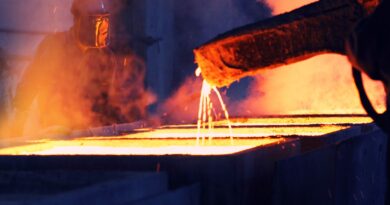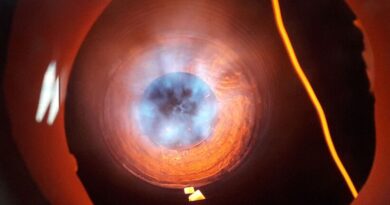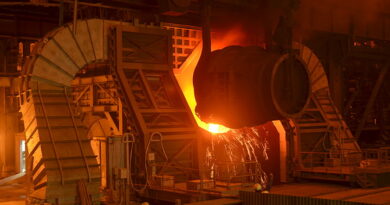Hydrogen refuelling in Europe
According to the most recent data from H2Stations.org, 921 hydrogen refuelling stations were in operation worldwide as at the end of 2023, a year-on-year increase of 13 per cent. Of these, 265 were located in Europe.
Last month, Air Liquide and TotalEnergies launched TEAL Mobility to build a network of 100 hydrogen refuelling stations on major European corridors over the next decade. Their approach is intended to further stimulate growth in the hydrogen value chain, from truck manufacturers to transport operators, accelerating the deployment of fuel cell electric vehicle (FCEV) heavy-duty trucks.
In the European Union (EU), the heavy-duty vehicle sector is responsible for over 25 per cent of the greenhouse gas emissions that come from road transport. The formation of TEAL Mobility follows a recent EU announcement concerning the tightening of CO₂ emission standards for heavy-duty vehicles aimed at fulfilling the EU’s 2030 climate ambitions and reaching climate neutrality by 2050. Under a provisional political agreement reached at the start of this year, new, more stringent targets will be introduced for 2030, 2035 and 2040.
The proposal also aims to encourage an increasing share of zero-emission vehicles, including FCEVs, to speed up the transition to zero-emission public transport throughout Europe. For example, new urban buses will need to decrease emissions by 90 per cent by 2030 and be completely emissions-free by 2035.
The EU is not only looking to increase the numbers of emissions-free vehicles on its roads; it is also taking steps to ensure growth in its hydrogen refuelling infrastructure. Milestone legislation passed in 2023 will see hydrogen refuelling stations positioned every 200 km along the Trans-European Transport Network from 2030 onwards.
Meanwhile, the global energy company bp has recently joined EU organisation H2Accelerate, which works towards the deployment of the hydrogen refuelling network required to support a pan-European hydrogen trucking system. bp believes that ‘hydrogen will be a key energy for heavy-duty transport supporting carbon emissions reduction’.
Platinum at the forefront
Due to its unique chemical and physical properties, platinum is at the forefront of proton exchange membrane (PEM) technology which is crucial to the hydrogen fuel cells used to power FCEVs. PEM technology can also be used to make hydrogen through electrolysis. If the electricity used during electrolysis is obtained from renewable sources, then ‘green’ hydrogen is produced without emitting carbon dioxide into the atmosphere.
While hydrogen-related demand for platinum is currently relatively small, it is expected to grow substantially through the decade and beyond, reaching as much as 25 per cent of total annual platinum demand by 2040.



